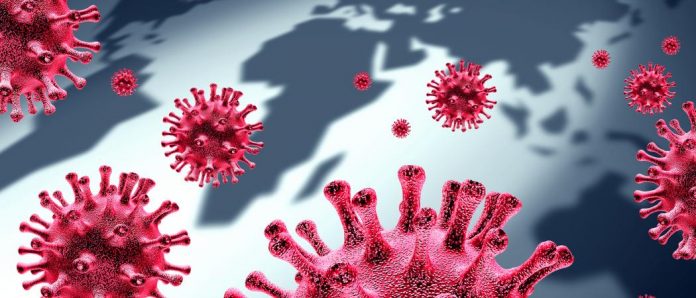Dr. Bonnie Henry, British Columbia’s provincial health officer, provided additional clarification on COVID-19 spread following calls from hundreds of health experts that the virus is in fact airborne. This is contrary to reports from the World Health Organization (WHO) that airborne transmission is only possible after certain medical procedures.
Dr. Henry said conversations about airborne transmission of viruses have been “ongoing” for many years and COVID-19 is just another example.
“When we talk about something in the health-care world as being airborne transmitted, what we’re talking about are viruses that are in very small particles that can last in the air for many hours after, and then can float in the air column and can be transmitted down the hallway or through the ventilation system, for example,” B.C.’s provincial health officer explained.
“We know that there is a gradation of how droplets come out when somebody coughs or sneezes or talks. It is the smaller ones that can be breathed deep into the lungs and it’s the larger ones that are often deposited up in the back of the throat or in the upper part of the lungs.”
Dr. Henry said viruses that have commonly been associated with airborne transmission are measles, smallpox and tuberculosis. Influenza and COVID are believed to be primarily in larger droplets that are spread when people are in close contact.
“We know that the amount of virus and the moisture the virus needs to stay alive is a bit more,” the provincial health officer said.
There are some questions still outstanding when it comes to determining spread of COVID-19, particularly related to how much of the virus someone breathes into their lungs at a given time and how much is deposited into the upper airways.
“It is when you’re in close contact with somebody, within two metres, within one metre, particularly if you’re indoors where there’s poor ventilation,” Dr. Henry said. “Those are the situations where you’re much more likely to transmit this virus…regardless of what size particle you’re breathing.”
The provincial health officer went on to say another “complicating factor” is that some people “shed more virus” than others.
“We can’t tell ahead of time who that’s going to be,” Dr. Henry said. “Some people, for reasons that we don’t know, even if they have mild symptoms may shed a lot fo the virus and may have a higher probability of infecting others.
“If somebody like that attends a church service…or goes to a nightclub where they have contact in an enclosed environment with poor ventilation, with lots of people, we get very rapid explosive outbreaks.”
































